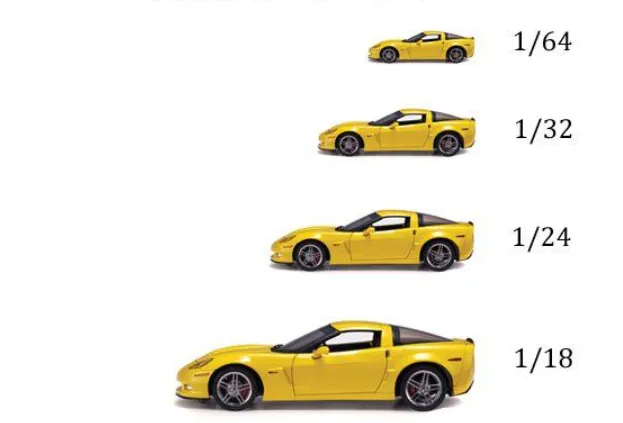Diecast scale units are more than just toys; they’re miniature representations of reality, capturing the essence of vehicles from various eras. Whether you’re a seasoned collector or just starting, understanding the basics of diecast scale units is crucial for making informed decisions and fully appreciating the hobby. This guide will delve into the top 7 things you need to know about diecast scale units, covering everything from the fundamentals to advanced collecting tips.
Understanding Diecast Scale Unit The Basics
Before diving into the specifics, it’s important to grasp the fundamental concepts of diecast scale units. This section will explore what scale means, the common scales used, and why they matter in the world of diecast collecting.
What Does Scale Mean
In the context of diecast models, scale refers to the ratio between the size of the model and the size of the actual vehicle. For example, a 1:18 scale model is 1/18th the size of the real car. Understanding scale is essential for comparing models, appreciating the level of detail, and planning your collection. Different scales cater to different preferences and display needs.
Common Diecast Scales

Several scales are widely used in the diecast world, each offering a unique balance of detail, size, and price. Some of the most popular scales include 1:64, 1:43, 1:24, and 1:18. 1:64 scale is commonly found in Hot Wheels and Matchbox cars, while 1:18 scale is a popular choice for detailed models. The choice of scale often depends on the type of vehicle, the desired level of detail, and personal preference. Different manufacturers may specialize in different scales, so it’s worth exploring various options.
Why Scale Matters
Scale significantly impacts several aspects of collecting, including display space, detailing, and pricing. Larger scales, such as 1:18, offer more room for intricate details but require more display space and often come with a higher price tag. Smaller scales, like 1:64, are more affordable and easier to display, making them a great choice for starting collectors. The scale also affects the availability of models, with some scales featuring a wider variety of vehicles than others. Considering these factors will help you choose the best scale for your collection.
Top 7 Considerations Before Buying
Choosing diecast models involves more than just picking the vehicles you like. Several factors influence the quality, value, and enjoyment of your collection. Here are seven key considerations to keep in mind before making a purchase.
Scale Accuracy and Detailing

Scale accuracy is paramount, as it directly affects the model’s realism. Look for models with accurate proportions and detailing, such as realistic paintwork, detailed interiors, and accurately replicated engine components. Check online reviews and comparisons to assess the accuracy of different manufacturers and models. The level of detail can significantly enhance your collecting experience, making the models more appealing and valuable. Small details like badging, emblems, and realistic wheels all contribute to the overall look.
Material and Build Quality
Diecast models are typically made from a combination of diecast metal and plastic parts. The quality of these materials directly impacts the model’s durability and lifespan. Look for models with a solid feel, tight seams, and well-fitting parts. Check for any signs of imperfections, such as paint bubbling or misaligned components. High-quality materials and build ensure that your models will withstand handling and last for years to come. Pay attention to the quality of the tires, windows, and other details.
The Importance of Brand Reputation
Different brands are known for their unique strengths and weaknesses. Researching brands helps you anticipate the quality of the model. Brands known for their high-quality models often command a premium price but deliver exceptional detail and accuracy. Some brands focus on affordability, which are excellent for starting collectors, while others specialize in specific types of vehicles. Reading reviews and seeking advice from experienced collectors is a great way to understand brand reputations.
The Significance of Rarity
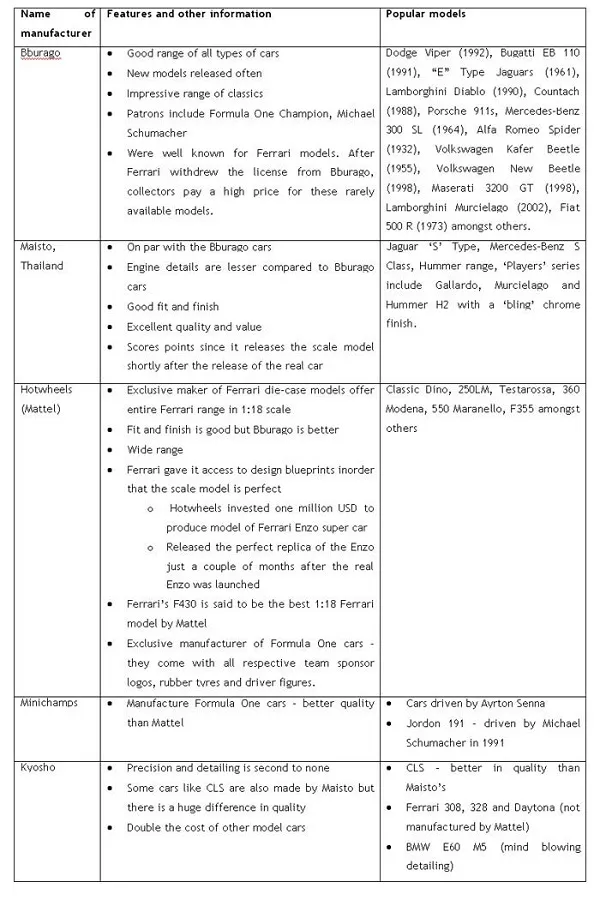
Rarity can significantly impact the value and desirability of a diecast model. Limited edition models, those produced in a low quantity, often become highly sought after by collectors. Models that are no longer in production or are part of a specific series can also be considered rare. Researching the production numbers and availability of a model can help you determine its potential value and collectibility. Rarity adds an exciting element to collecting, as you constantly search for elusive models.
Display and Storage Solutions
Proper display and storage are essential for protecting your diecast models. Display cases offer a stylish way to showcase your collection while protecting the models from dust and damage. Consider the lighting, as it can enhance the appearance of the models. When storing models, choose a cool, dry place away from direct sunlight and extreme temperatures. Investing in appropriate storage solutions ensures your models stay in excellent condition for years to come. Consider using soft cloths or tissue paper to protect delicate components during storage.
Where to Buy and the Pricing
Diecast models are available from various sources, including online retailers, hobby shops, and collector shows. Prices vary depending on the scale, detail, rarity, and brand. Researching prices from different sources is crucial to ensure you’re getting a fair deal. Be wary of deals that seem too good to be true. Consider factors like shipping costs, return policies, and seller reputation when making a purchase. Auctions and collector forums can also be good sources for finding rare models at competitive prices. Comparing prices from different retailers before making a purchase is a good practice to save money.
Care and Maintenance Tips for Your Models
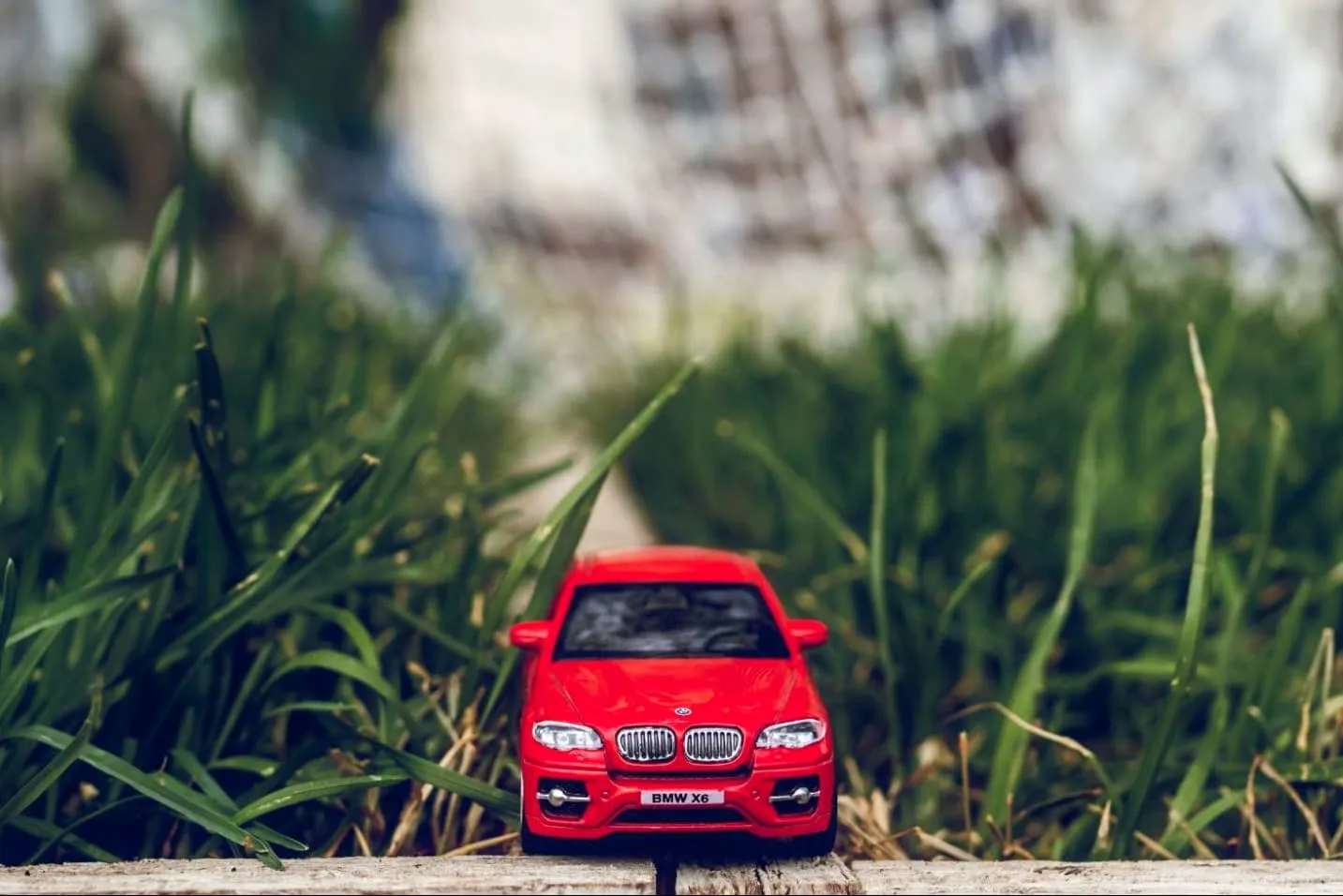
Maintaining your diecast models is vital for preserving their appearance and value. Proper care and maintenance can keep your models looking their best for years to come. This section provides essential tips for dusting, cleaning, and storing your valuable collectibles.
Dusting and Cleaning
Dust is the enemy of any collection. Regularly dusting your diecast models is essential to prevent the buildup of grime. Use a soft brush or microfiber cloth to gently remove dust. Avoid using harsh chemicals or abrasive cleaners, as they can damage the paint and delicate details. For more stubborn dirt, use a slightly damp cloth and mild soap. Always dry the models thoroughly to prevent water spots.
Proper Storage
Storing your diecast models correctly can protect them from damage and degradation. Keep the models in a cool, dry place away from direct sunlight and extreme temperatures. Consider using display cases or sealed containers to protect them from dust and other environmental factors. Avoid storing models in attics or basements, as these areas are susceptible to temperature fluctuations and moisture. If you have the original boxes, storing the models in them can provide added protection.
Avoiding Direct Sunlight
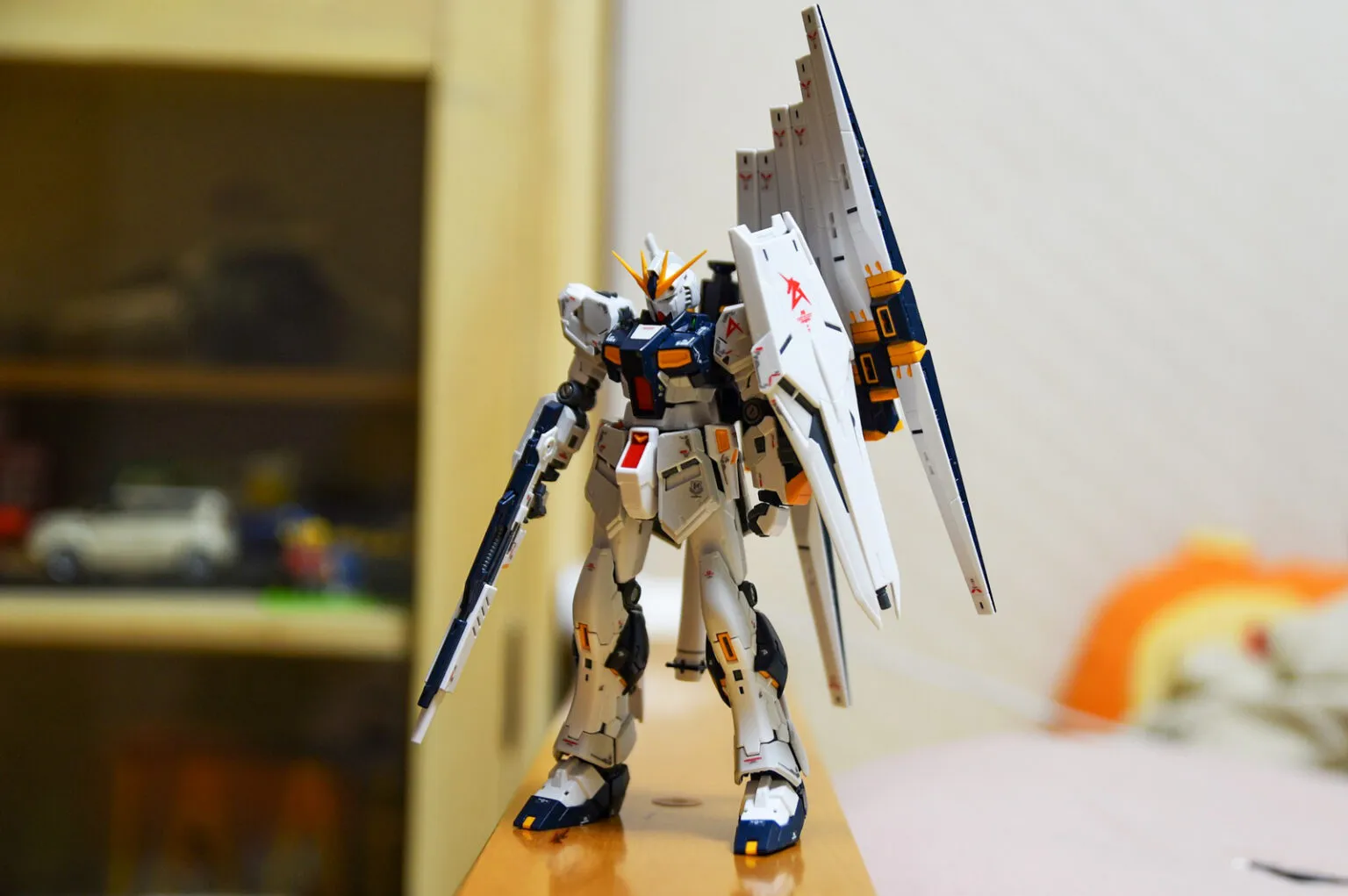
Direct sunlight can cause fading and damage to the paint and decals on your diecast models. Display your models away from direct sunlight or use UV-protective display cases. Prolonged exposure to sunlight can also degrade the plastic components of the model. By taking these precautions, you can preserve the colors and details of your collection and keep your models looking great for many years.
Top 7 Diecast Scale Unit Collectors’ Guide
Diecast collecting is more than just a hobby; it’s a passion. Expanding your knowledge of other collectors can help you in your journey. These are some of the important aspects to know for a diecast scale unit collector.
Joining Diecast Clubs and Online Communities
Connecting with other collectors can enrich your collecting experience. Join online forums, social media groups, and local diecast clubs to share your passion and learn from others. These communities provide valuable information, advice, and opportunities to buy, sell, and trade models. Participating in discussions and sharing your collection can lead to new friendships and deeper appreciation for the hobby. Collectors are usually more than happy to share their experiences.
Attending Diecast Shows and Events
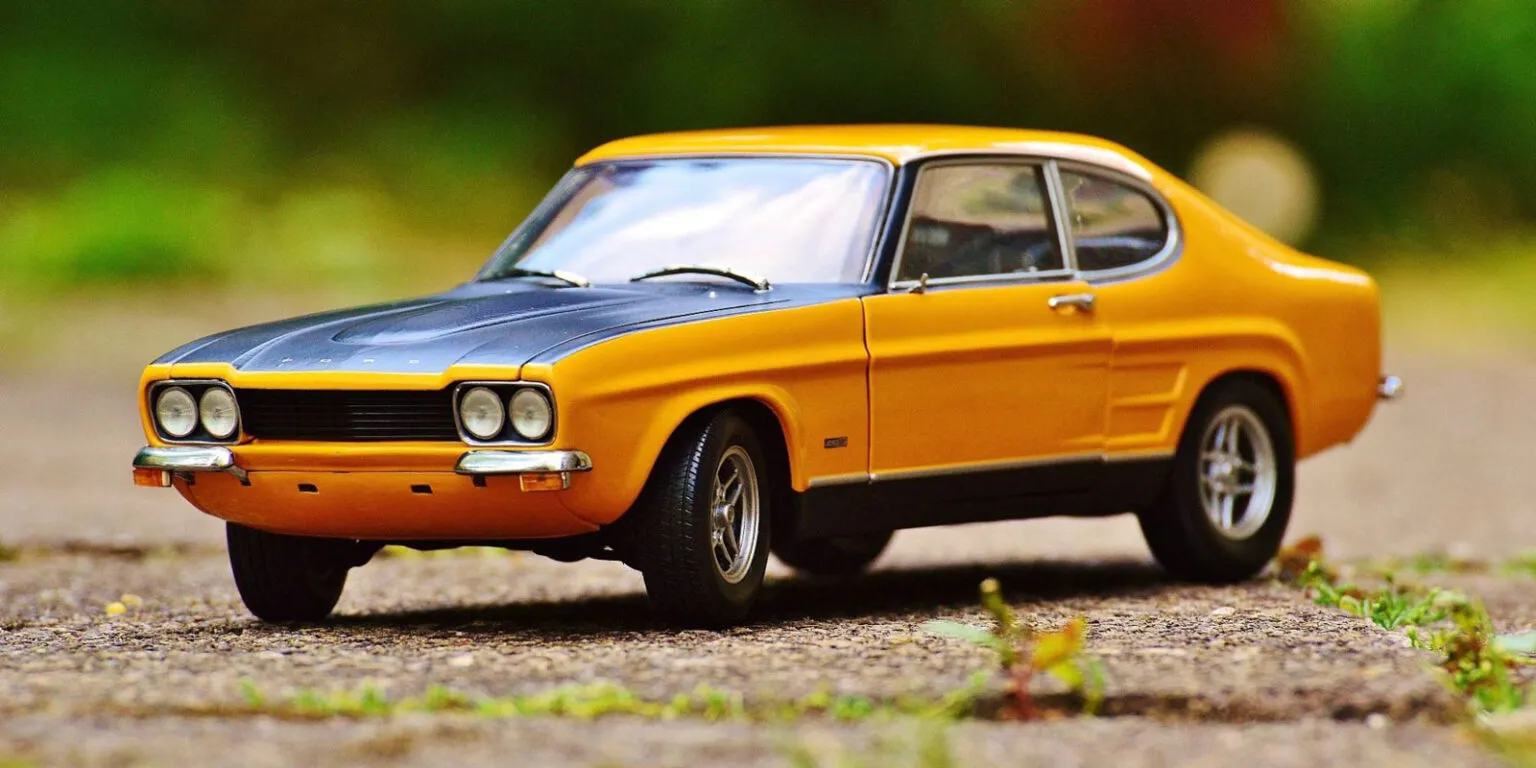
Diecast shows and events are excellent opportunities to see a wide variety of models. Attend these events to buy, sell, and trade models with other collectors and connect with manufacturers and vendors. These events also host contests and displays. Attending events allows you to see models you might not find anywhere else. Plus, you can get to know other collectors.
Showcasing Your Collection
Displaying your collection is a source of pride and enjoyment. Consider different display options, such as display cases, shelves, or dedicated display rooms. The goal is to create an appealing and organized display that showcases your models while also protecting them from dust and damage. Rotate your collection from time to time to keep it interesting and refreshing.
In conclusion, understanding diecast scale units is crucial for both beginners and seasoned collectors. By knowing the basics of scale, the importance of detail, and how to care for your models, you can enhance your collecting journey. Embrace the community, and never stop learning. Happy collecting!
